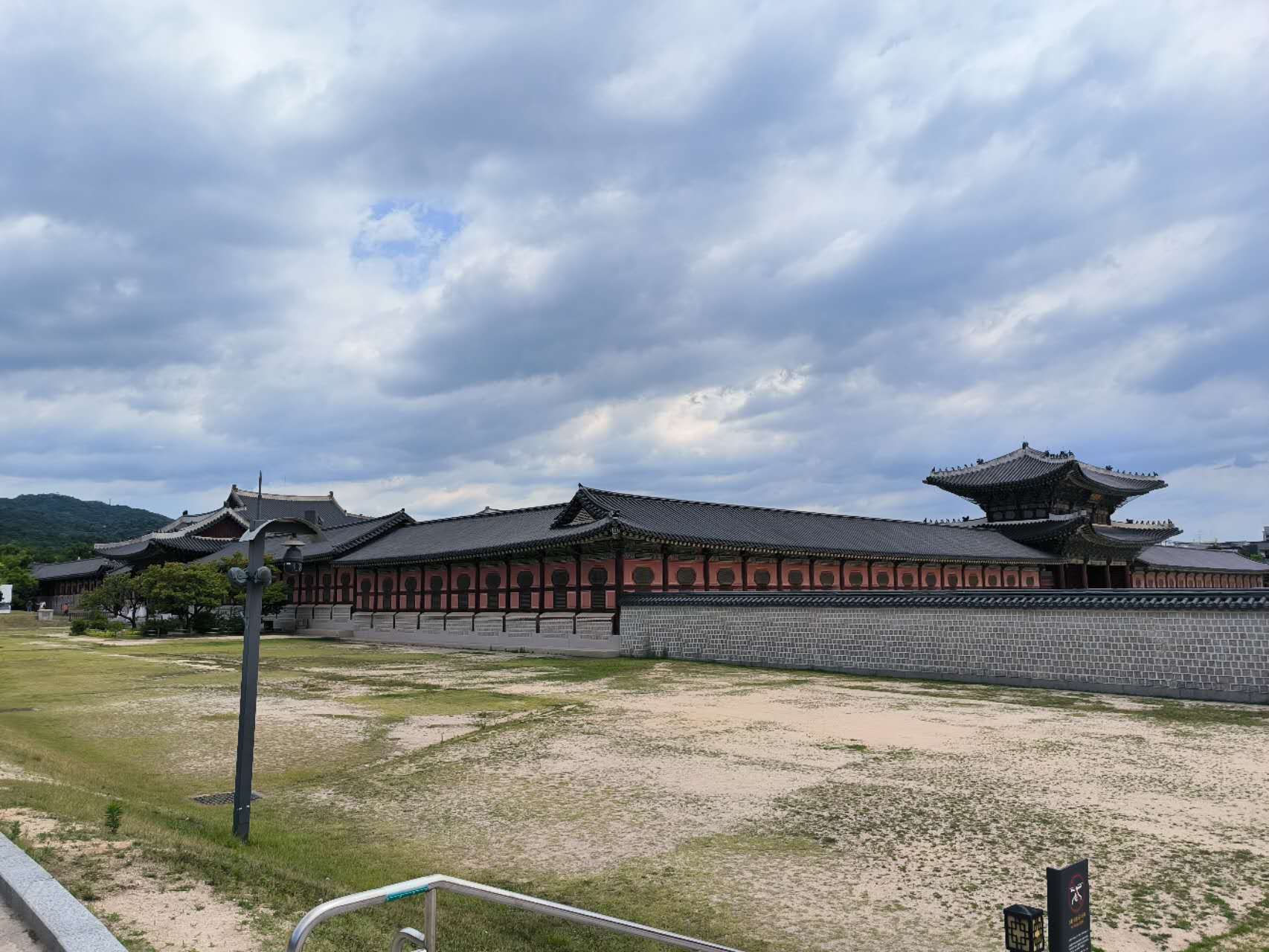void OutputType::LoadOutputData(MeshBlock *pmb) {
if (ContainVariable(output_params.variable, "D") ||
ContainVariable(output_params.variable, "cons")) {
pod = new OutputData;
pod->type = "SCALARS";
pod->name = "dens";
pod->data.InitWithShallowSlice(phyd->u, 4, IDN, 1);
AppendOutputDataNode(pod);
num_vars_++;
}
if (ContainVariable(output_params.variable, "d") ||
ContainVariable(output_params.variable, "prim")) {
pod = new OutputData;
pod->type = "SCALARS";
pod->name = "rho";
pod->data.InitWithShallowSlice(phyd->w, 4, IDN, 1);
AppendOutputDataNode(pod);
num_vars_++;
}
if (NON_BAROTROPIC_EOS) {
if (ContainVariable(output_params.variable, "E") ||
ContainVariable(output_params.variable, "cons")) {
pod = new OutputData;
pod->type = "SCALARS";
pod->name = "Etot";
if (porb->orbital_advection_defined
&& !output_params.orbital_system_output) {
porb->ConvertOrbitalSystem(phyd->w, phyd->u, OrbitalTransform::cons);
pod->data.InitWithShallowSlice(porb->u_orb, 4, IEN, 1);
} else {
pod->data.InitWithShallowSlice(phyd->u, 4, IEN, 1);
}
AppendOutputDataNode(pod);
num_vars_++;
}
if (ContainVariable(output_params.variable, "p") ||
ContainVariable(output_params.variable, "prim")) {
pod = new OutputData;
pod->type = "SCALARS";
pod->name = "press";
pod->data.InitWithShallowSlice(phyd->w, 4, IPR, 1);
AppendOutputDataNode(pod);
num_vars_++;
}
}
if (ContainVariable(output_params.variable, "m") ||
ContainVariable(output_params.variable, "cons")) {
pod = new OutputData;
pod->type = "VECTORS";
pod->name = "mom";
if (porb->orbital_advection_defined
&& !output_params.orbital_system_output) {
porb->ConvertOrbitalSystem(phyd->w, phyd->u, OrbitalTransform::cons);
pod->data.InitWithShallowSlice(porb->u_orb, 4, IM1, 3);
} else {
pod->data.InitWithShallowSlice(phyd->u, 4, IM1, 3);
}
AppendOutputDataNode(pod);
num_vars_ += 3;
if (output_params.cartesian_vector) {
AthenaArray<Real> src;
if (porb->orbital_advection_defined
&& !output_params.orbital_system_output) {
src.InitWithShallowSlice(porb->u_orb, 4, IM1, 3);
} else {
src.InitWithShallowSlice(phyd->u, 4, IM1, 3);
}
pod = new OutputData;
pod->type = "VECTORS";
pod->name = "mom_xyz";
pod->data.NewAthenaArray(3, phyd->u.GetDim3(), phyd->u.GetDim2(),
phyd->u.GetDim1());
CalculateCartesianVector(src, pod->data, pmb->pcoord);
AppendOutputDataNode(pod);
num_vars_ += 3;
}
}
if (ContainVariable(output_params.variable, "m1")) {
pod = new OutputData;
pod->type = "SCALARS";
pod->name = "mom1";
pod->data.InitWithShallowSlice(phyd->u, 4, IM1, 1);
AppendOutputDataNode(pod);
num_vars_++;
}
if (ContainVariable(output_params.variable, "m2")) {
pod = new OutputData;
pod->type = "SCALARS";
pod->name = "mom2";
if (porb->orbital_advection_defined
&& !output_params.orbital_system_output
&& porb->orbital_direction == 1) {
porb->ConvertOrbitalSystem(phyd->w, phyd->u, OrbitalTransform::cons);
pod->data.InitWithShallowSlice(porb->u_orb, 4, IM2, 1);
} else {
pod->data.InitWithShallowSlice(phyd->u, 4, IM2, 1);
}
AppendOutputDataNode(pod);
num_vars_++;
}
if (ContainVariable(output_params.variable, "m3")) {
pod = new OutputData;
pod->type = "SCALARS";
pod->name = "mom3";
if (porb->orbital_advection_defined
&& !output_params.orbital_system_output
&& porb->orbital_direction == 2) {
porb->ConvertOrbitalSystem(phyd->w, phyd->u, OrbitalTransform::cons);
pod->data.InitWithShallowSlice(porb->u_orb, 4, IM3, 1);
} else {
pod->data.InitWithShallowSlice(phyd->u, 4, IM3, 1);
}
AppendOutputDataNode(pod);
num_vars_++;
}
if (ContainVariable(output_params.variable, "v") ||
ContainVariable(output_params.variable, "prim")) {
pod = new OutputData;
pod->type = "VECTORS";
pod->name = "vel";
if (porb->orbital_advection_defined
&& !output_params.orbital_system_output) {
porb->ConvertOrbitalSystem(phyd->w, phyd->u, OrbitalTransform::prim);
pod->data.InitWithShallowSlice(porb->w_orb, 4, IVX, 3);
} else {
pod->data.InitWithShallowSlice(phyd->w, 4, IVX, 3);
}
AppendOutputDataNode(pod);
num_vars_ += 3;
if (output_params.cartesian_vector) {
AthenaArray<Real> src;
if (porb->orbital_advection_defined
&& !output_params.orbital_system_output) {
src.InitWithShallowSlice(porb->w_orb, 4, IVX, 3);
} else {
src.InitWithShallowSlice(phyd->w, 4, IVX, 3);
}
pod = new OutputData;
pod->type = "VECTORS";
pod->name = "vel_xyz";
pod->data.NewAthenaArray(3, phyd->w.GetDim3(), phyd->w.GetDim2(),
phyd->w.GetDim1());
CalculateCartesianVector(src, pod->data, pmb->pcoord);
AppendOutputDataNode(pod);
num_vars_ += 3;
}
}
if (ContainVariable(output_params.variable, "vx") ||
ContainVariable(output_params.variable, "v1")) {
pod = new OutputData;
pod->type = "SCALARS";
pod->name = "vel1";
pod->data.InitWithShallowSlice(phyd->w, 4, IVX, 1);
AppendOutputDataNode(pod);
num_vars_++;
}
if (ContainVariable(output_params.variable, "vy") ||
ContainVariable(output_params.variable, "v2")) {
pod = new OutputData;
pod->type = "SCALARS";
pod->name = "vel2";
if (porb->orbital_advection_defined
&& !output_params.orbital_system_output
&& porb->orbital_direction == 1) {
porb->ConvertOrbitalSystem(phyd->w, phyd->u, OrbitalTransform::prim);
pod->data.InitWithShallowSlice(porb->w_orb, 4, IVY, 1);
} else {
pod->data.InitWithShallowSlice(phyd->w, 4, IVY, 1);
}
AppendOutputDataNode(pod);
num_vars_++;
}
if (ContainVariable(output_params.variable, "vz") ||
ContainVariable(output_params.variable, "v3")) {
pod = new OutputData;
pod->type = "SCALARS";
pod->name = "vel3";
if (porb->orbital_advection_defined
&& !output_params.orbital_system_output
&& porb->orbital_direction == 2) {
porb->ConvertOrbitalSystem(phyd->w, phyd->u, OrbitalTransform::prim);
pod->data.InitWithShallowSlice(porb->w_orb, 4, IVZ, 1);
} else {
pod->data.InitWithShallowSlice(phyd->w, 4, IVZ, 1);
}
AppendOutputDataNode(pod);
num_vars_++;
}
if (SELF_GRAVITY_ENABLED) {
if (ContainVariable(output_params.variable, "phi") ||
ContainVariable(output_params.variable, "prim") ||
ContainVariable(output_params.variable, "cons")) {
pod = new OutputData;
pod->type = "SCALARS";
pod->name = "phi";
pod->data.InitWithShallowSlice(pgrav->phi, 4, 0, 1);
AppendOutputDataNode(pod);
num_vars_++;
if (pgrav->output_defect) {
pod = new OutputData;
pod->type = "SCALARS";
pod->name = "defect-phi";
pod->data.InitWithShallowSlice(pgrav->def, 4, 0, 1);
AppendOutputDataNode(pod);
num_vars_++;
}
}
}
|





